- Home
- Science
- Environment
- A startup founded by 2 college friends is turning mushrooms into walls to help rid the world of an insidious ingredient
A startup founded by 2 college friends is turning mushrooms into walls to help rid the world of an insidious ingredient
This is Styrofoam. It doesn't break down in the environment — at least not for more than a million years (literally). Yet we use it in tons of different types of packaging, from cups to building materials.

Ecovative wants to change that. Founded in 2006 by then-classmates Eben Bayer and Gavin McIntyre, the company makes an alternative to Styrofoam out of mushrooms that's completely biodegradable — be it in a fully-rigged compost system or simply someone's backyard.
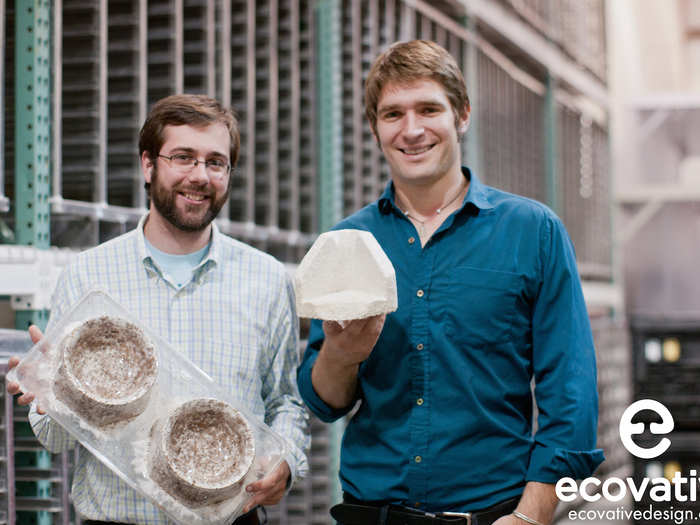
"What we're doing is an exciting and innovative approach to try a bunch of ideas, learn a lot, and grow something really awesome," Bayer told Business Insider.
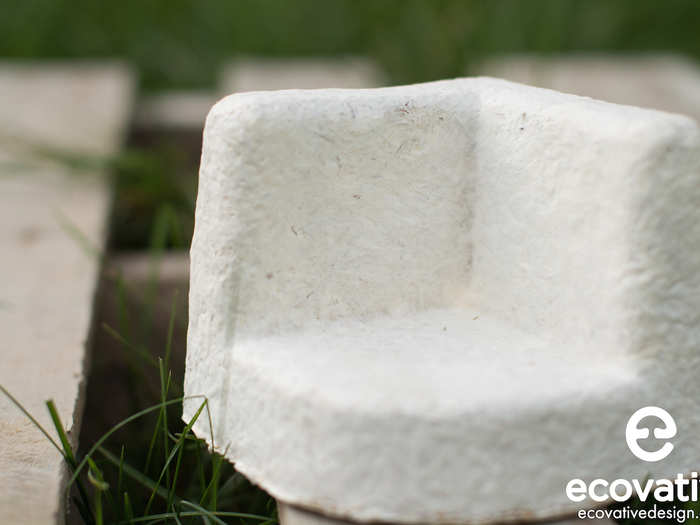
Ecovative is already working with some big name companies, like Dell, to lay the groundwork for swapping traditional Styrofoam parts for mushroom packaging, and they're in talks with others, including Ikea.
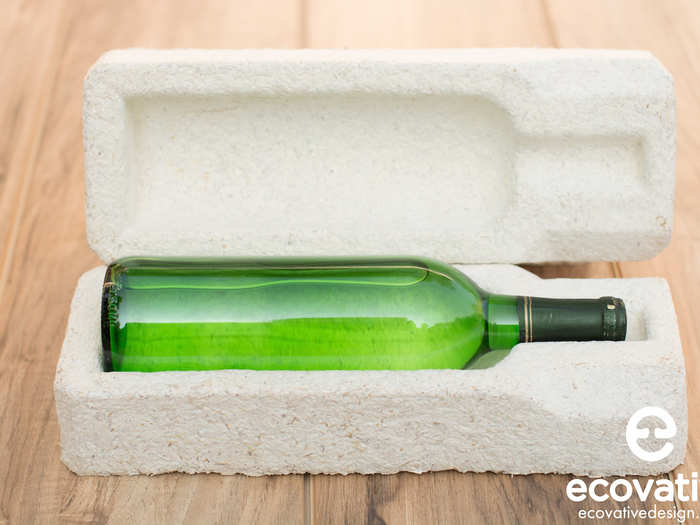
Sources: Digital Trends; Ecovative
Ecovative also makes a type of engineered wood, called MycoBoardTM, that is grown using the same mushroom ingredients. It's designed to be used in things like furniture, doors, and cabinets and, unlike many types of industrial wood, it's free of formaldehyde, a gas that (in high enough doses) has been shown to cause cancer.

Sources: Ecovative; Centers for Disease Control and Prevention
So how does it work? First, the company takes raw byproducts that it has purchased from local farms — things like old corn stalks — and brings that to the Ecovative factory in upstate New York, where it's sorted and cleaned.

Once it's been cleaned, the corn stalks and other waste materials are mixed with mycelium — a.k.a. mushroom roots — and placed in large bags in Ecovative’s clean room.
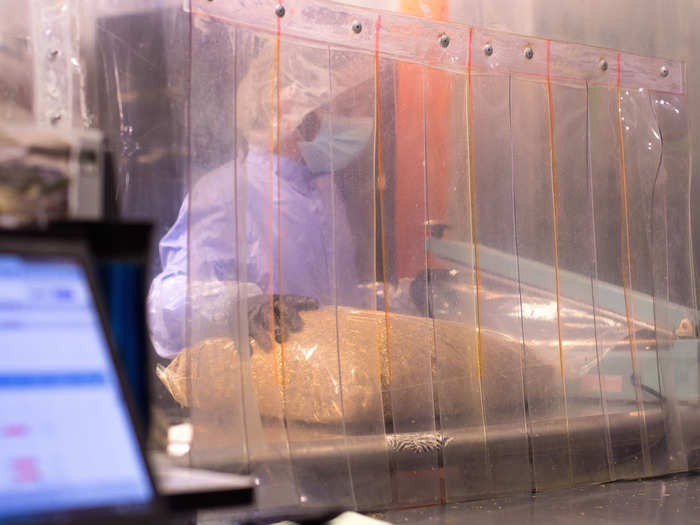
Next, workers take the bagged mixture of farm waste and mushroom roots (which the company calls "nature's glue") and places it on racks where it can grow. "When we started, the focus was on insulation, but we realized this stuff could do a whole lot more than that," said Bayer.
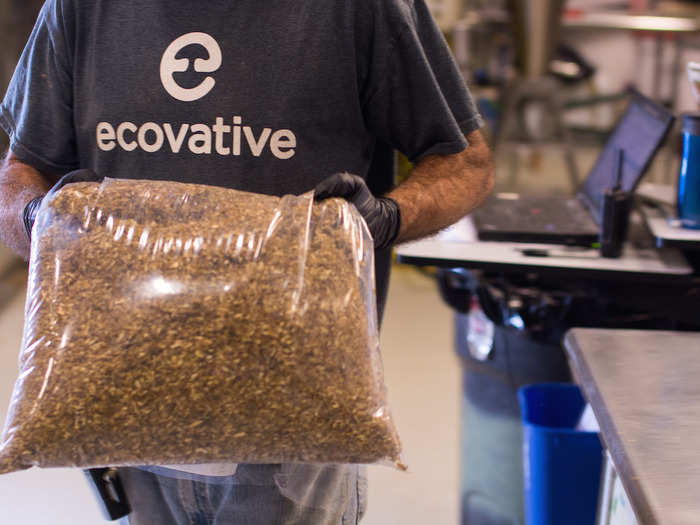
Aisle after aisle, mushroom mycelium — the complex network of spindly branches that form the basis of the fungi’s root system — sprout inside geometric containers stacked 30 feet high.
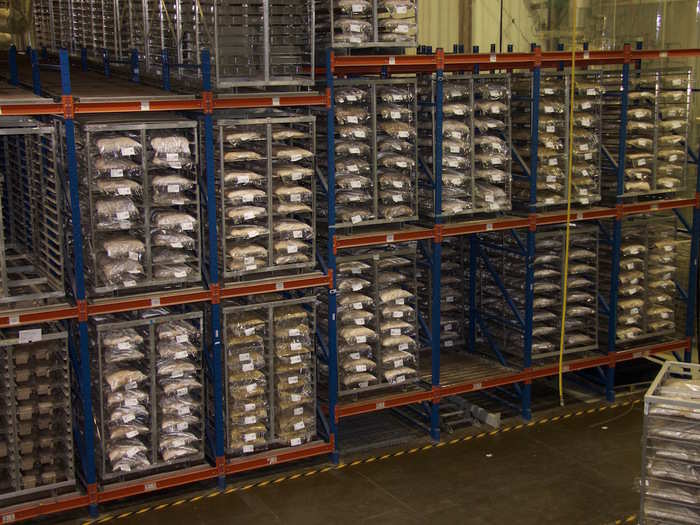
Within a few seconds of entering the facility, you'll "see agricultural fibers cooked, cooled, and blown into tools with living cells — watch for a few hours or a day, and you'll see those fibers transform into a healthy, fully grown, structural board," said Bayer.
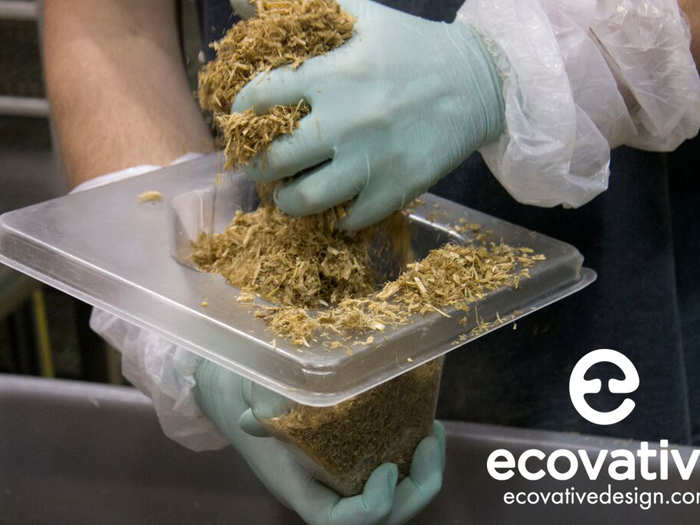
You can watch it happen! In this photo, the farm material is getting slowly covered in sprouting white fibers from the mushroom roots. Why? "The mycelium sees the agricultural waste as food," Ecovative writes on its website.
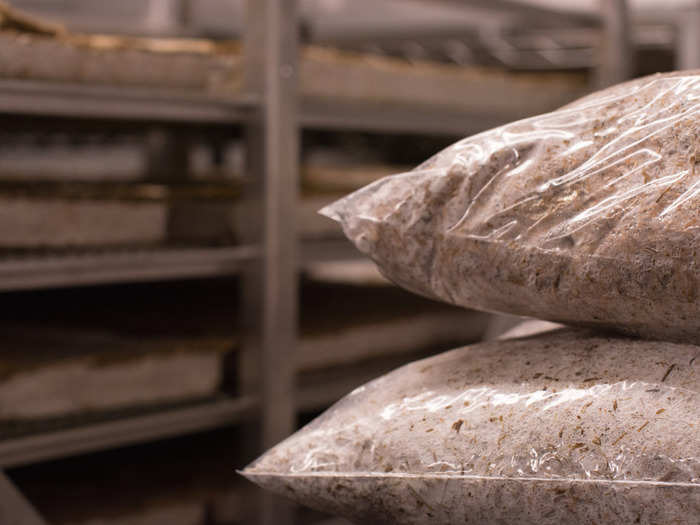
Source: Ecovative
After a few days of growing, a separating machine is used to break up the material, which is now surrounded in a cozy layer of mushroom root fibers. This helps prepare them for their final growth phase — where they're placed in customized forms and allowed to grow into a solid.
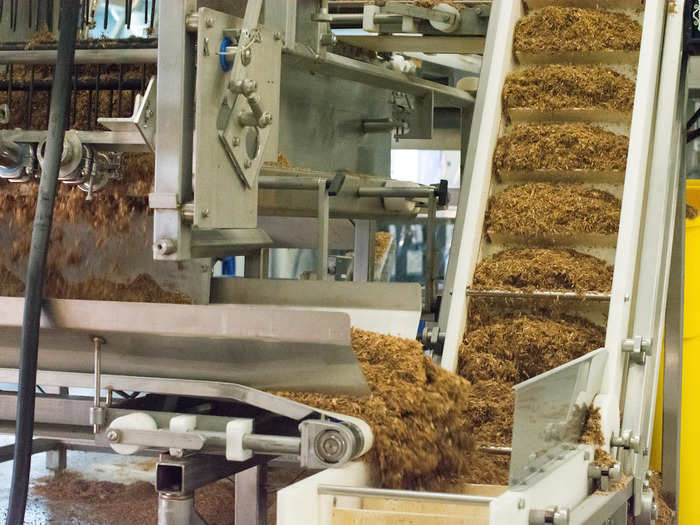
Here, a worker places the materials into a customized form. Over several more days, the mushroom filaments suck up oxygen and bind together, creating an airtight seal in the shape of the final product. So far, companies ranging from solar light manufacturers to wine and beer makers have used Ecovative's foam product in their packaging. Office furniture company Gunlocke is the first to use its board product.
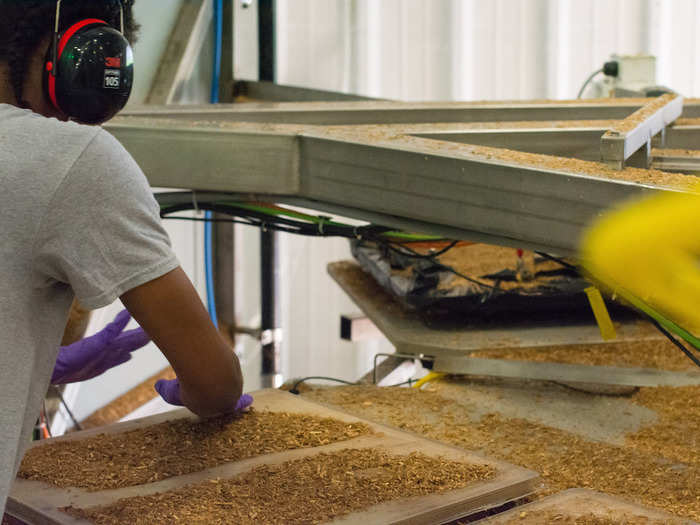
An industrial heat press is used to compress the material into a MycoBoardTM panel or other MycoBoardTM product such as this Weave wall tile.
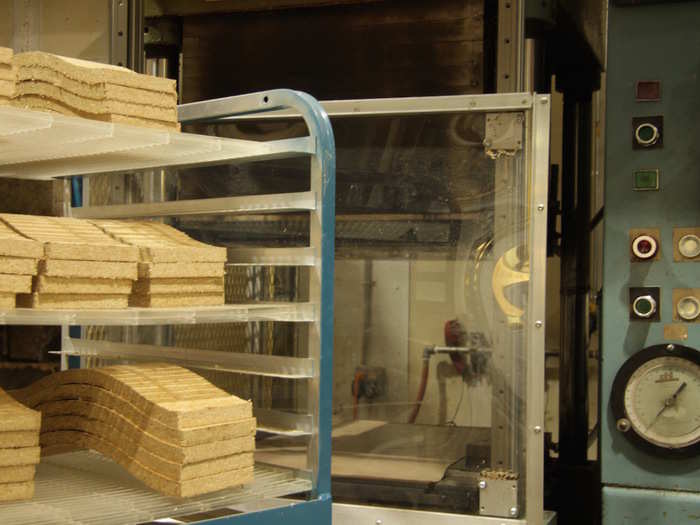
Ecovative's Weave wall tile, designed by Harry Allen, is installed in the main reception area of The Rosenblum Companies' 100 Great Oaks Office Park building in Albany, New York.
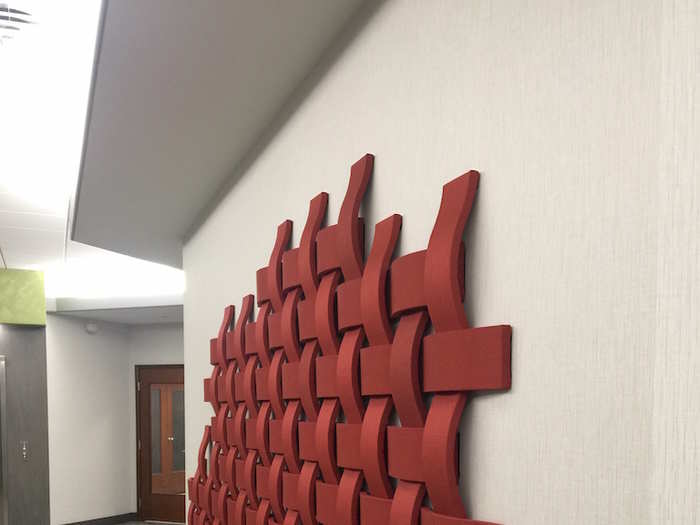
Another tile designed by Allen graces Ecovative’s headquarters and is lit by Danielle Trofe’s MushLume lights, which were made using another one of Ecovative's materials called Grow It Yourself.
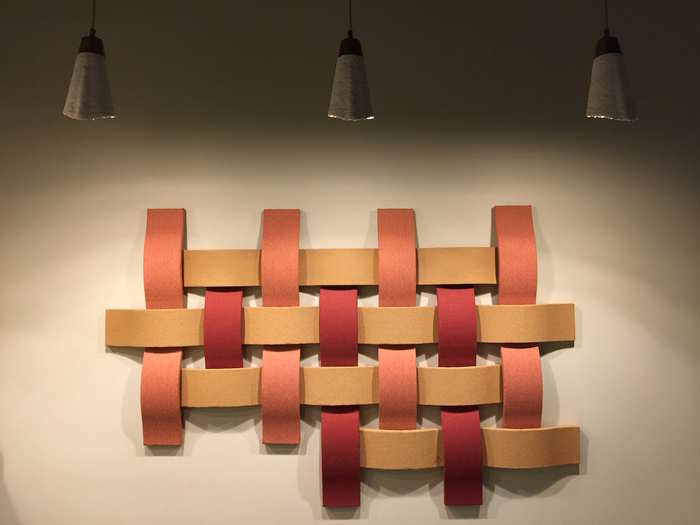
The Grow It Yourself (GIY) material is designed to let customers create whatever they want using Ecovative's mushroom materials and a little water and flour. GIY bags start at $10 for one bag, or $16.50 for a bag and a form to grow it in.
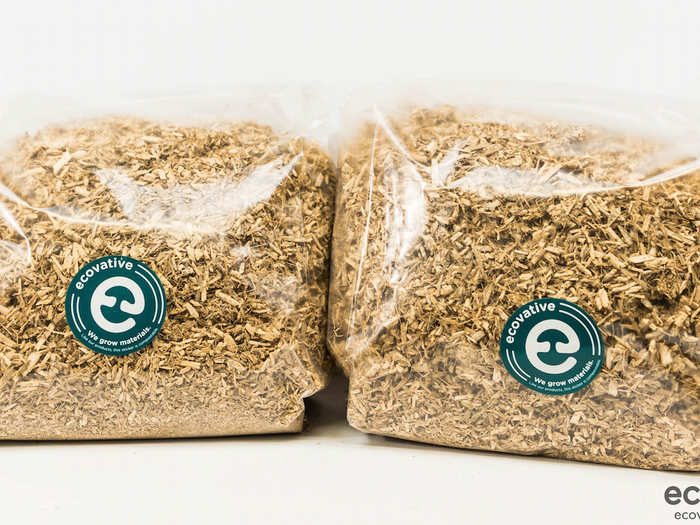
The results are pretty cool.
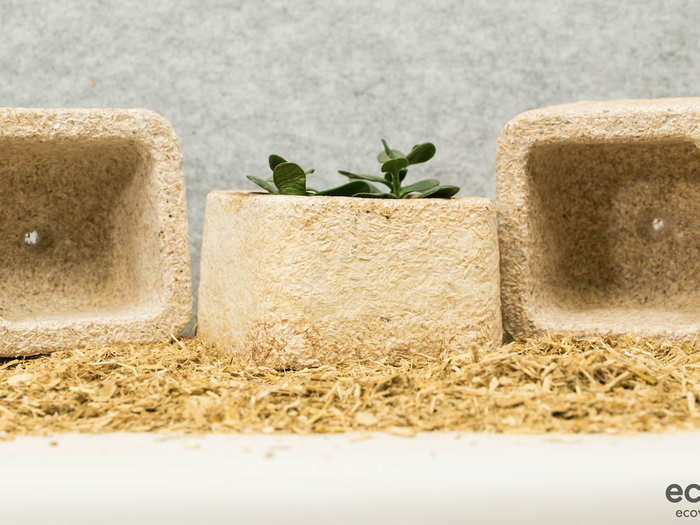
Popular Right Now
Popular Keywords
Advertisement